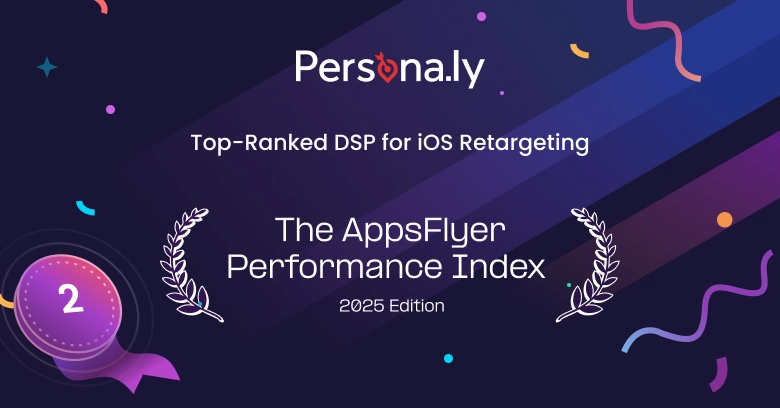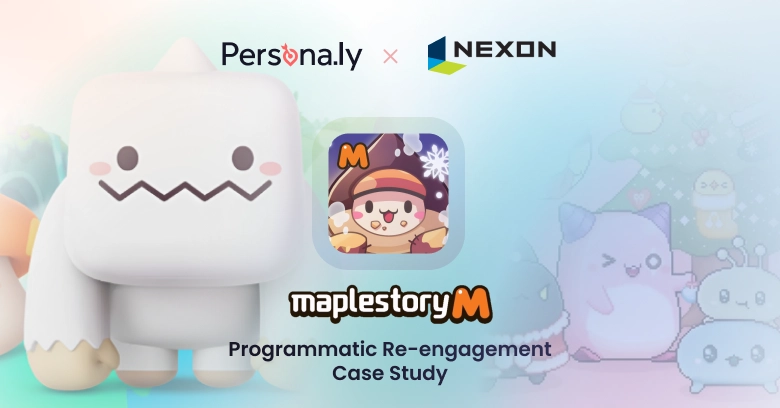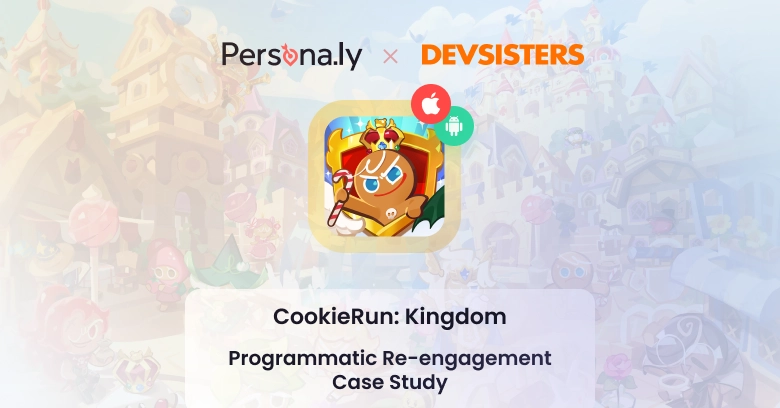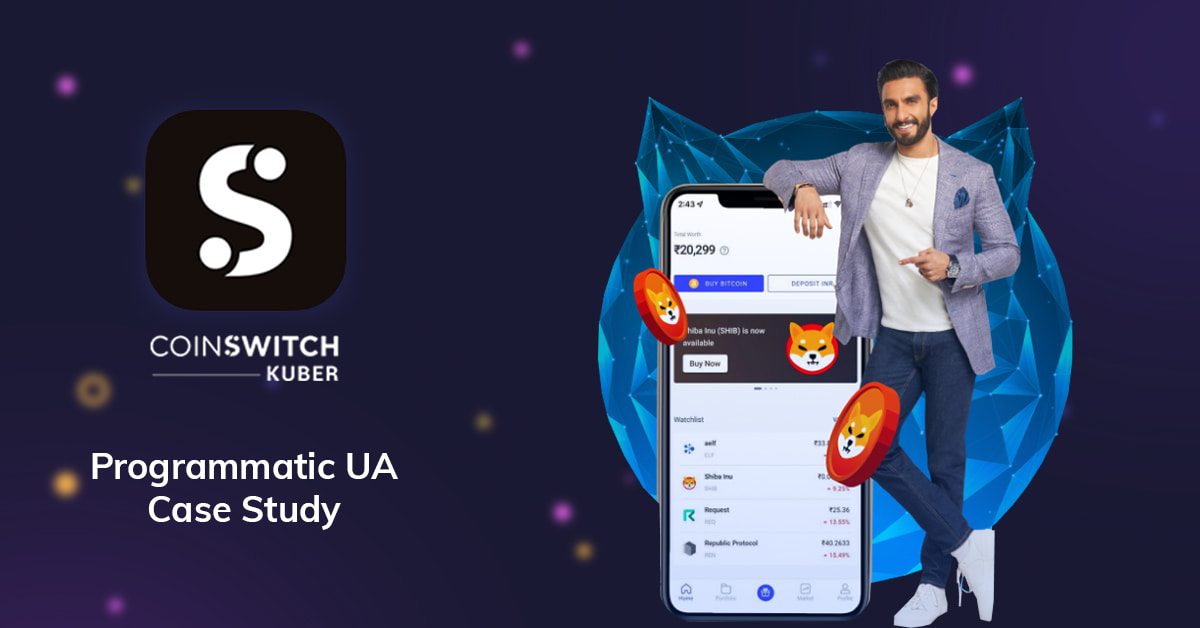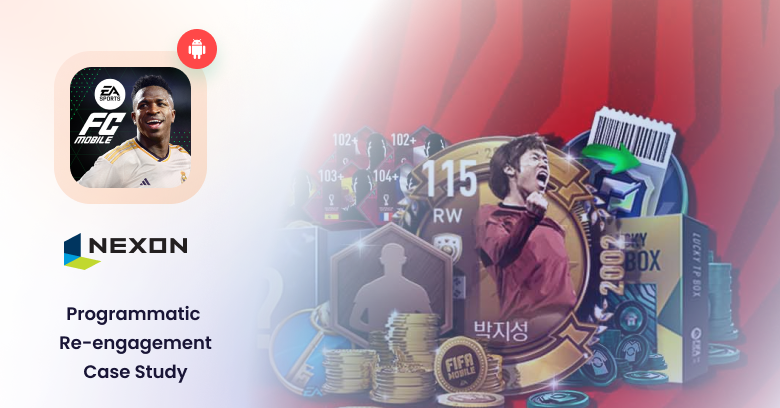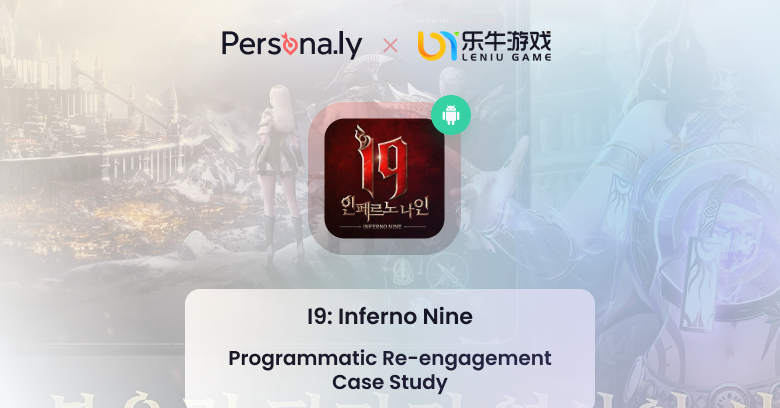
8 Mobile Marketing Trends Shaping the Industry through the Perspective of the South Korean Gaming Market
For years, South Korea, known for its innovation and influence, has been at the forefront of the mobile gaming industry. The high market capacity (over 70% of South Korea’s population are gamers), overall technology adoption, and readiness of the population to pay for online products make the Korean market a desired target for foreign game developers. However, only a few succeed in this highly competitive market.
This article delves into the South Korean mobile game market, offering a plethora of intricate statistics and valuable insights on best practices from South Korean publishers.
Mobile Gaming Industry Landscape in South Korea
The global pandemic sparked a surge in mobile gaming as people spent more time at home, glued to their mobile devices, according to the Google x Ipsos report “2022 The Shifting Needs of Global Mobile Gamers.” This unprecedented growth has shown a slight stabilization recently, although there remains a significant rise compared to the pre-pandemic times.
Being one of the top-grossing countries, South Korea takes 4th place by revenue in the mobile gaming industry worldwide. Users in South Korea are more engaged, more dedicated to specific genres, and more willing to pay to progress in their favorite mobile games. Another distinctive characteristic of Korean gamers is the preferred genres: while Casual and Puzzles are the top-3 game genres, there is a high demand for more sophisticated genres requiring higher engagement and attention, like Strategy and RPG.
Samsung is Korea’s primary OEM with 63% market penetration, and Apple is in 2nd place with 31%. This market division encourages Korean game developers to focus on Android development; however, 40% of Korean publishers release on both Android and iOS, compared to just 17% worldwide.
Another factor shaping the South Korean gaming landscape is the rise of web3 NFT games. While there is still an active governmental ban on publishing NFT games within the country, more and more publishers — including the leading ones — are developing and distributing play-to-earn (P2E) games overseas and expecting the ban to be lifted in the near future.
3 Lessons to Learn from South Korean Game Developers
Cross-Platform Development
Most South Korean gamers (64%) expect a seamless experience when switching between device types. South Korean game developers follow this expectation and develop cross-platform games for both mobile (the primary gaming platform in South Korea) and PC.
High-Quality Games
While games from South Korean publishers make up only 2% of the games on Google Play Store, the average number of downloads per game is 25% higher for South Korean game publishers. Additionally, the ratings for these games are slightly higher than the average for other games.
Hybrid In-App Monetization
South Korean game publishers have widely adopted hybrid in-app monetization. By leveraging both revenue streams (in-app advertising [IAA] and in-app purchases [IAP]), they benefit greatly by both maximizing the revenue and improving user experience by providing gamers with an opportunity to decide which progress booster (watching an ad or making an in-app purchase) they prefer.
Mobile Marketing Trends in South Korea
Holistic Approach to Mobile UA
In recent years, there has been a massive shift in app marketing toward the “holistic” approach where ASO (App Store Optimization), UA, and Re-engagement departments work hand-in-hand. Companies adopting this trend benefit greatly as the marketing strategy is perceived as a whole (rather than separate pieces).
This allows for measuring the impact of each department on the one hand — seeing the effect of one department’s activities on other departments — and monitoring and flagging discrepancies (caused by ad fraud) on the other hand.
Offline Events
Offline events play an increasing role in mobile marketing. This is especially relevant for South Korea where gamers are highly engaged — offline events increase overall app engagement, draw attention from the new audience, and boost in-app sales.
Retargeting Is the New Black
It’s no secret that it’s significantly cheaper to re-engage churned users rather than acquire new ones. The recent economic downturn made publishers allocate more budget to retargeting as a more cost-effective way to increase revenue. South Korean publishers utilize remarketing to the fullest, which allows them to both re-attribute payers (who have a greater chance of continuing to make in-app deposits) and non-payers (the right targeting of which gives a possibility to convert them into paying users).
Creative Experiments and Trends
In the ever-changing reality where new trends are appearing on a daily basis, Koreans tend to keep up with the local trends. This forces game publishers to ride the local trends to succeed in the UA game.
International Expansion of South Korean Brands
There is a growing demand for product expansion across other top-grossing markets among South Korean publishers. This is due to the market capacity limiting South Korean publishers’ growth on the one hand and the positive perception of Korean gaming products worldwide on the other hand.
A Shift in UA Budget Distribution
As everywhere in the world, most of the user acquisition budget of the gaming industry is allocated toward the “walled gardens” — the big tech companies (Meta, Google, etc.), with some budget allocated for programmatic DSPs and ad networks.
While the walled gardens are still one of the most reliable traffic sources, users around the globe only spend 34% of their time using those products, while the rest of their time goes toward other media.
In the past 2–3 years, we have seen an increasing demand from advertisers to allocate larger portions of their budgets to the programmatic channel, reducing the share of the big tech companies.
The programmatic trend is global, and we advise our advertisers to continue exploring new UA sources outside of the walled gardens for diversification. This also helps them reduce their dependence on a single traffic source.
Measurement and Metrics
As CPA-based traffic purchase models leave ample room for traffic manipulation and, essentially, are not fraud-proof, it’s crucial to ensure the traffic quality. Luckily, the holistic approach can solve this issue, as all the traffic channels are viewed together, and a decline in the organic channel will raise a flag for a professional mobile marketer.
A few years back, the advertisers were mostly looking at the CPI (cost per install) metrics as an indicator of the campaign’s success. As the industry matured, it became clearer that there had to be a shift toward deep-funnel KPI metrics, such as D7 ROAS, and the KPIs are now set in a more thoughtful manner. This shift allows for measuring the actual impact, campaign success, and overall business profitability.
The New Privacy-Centric World
There is no doubt that the new privacy-centric approaches adopted by the adtech industry are highly beneficial for users and set a new standard for the industry. While it does make it harder for marketers to target users, it might actually open new opportunities.
This is because the market price goes down proportionally to the loss of signal, meaning that the less data there is available, the lower the cost is.
With the loss of signal on iOS and upcoming changes on Android when the Privacy Sandbox will be rolled out, advertisers benefit from UA providers equipped with machine learning prediction capabilities that allow for more precise targeting even in the realm of signal loss.



